



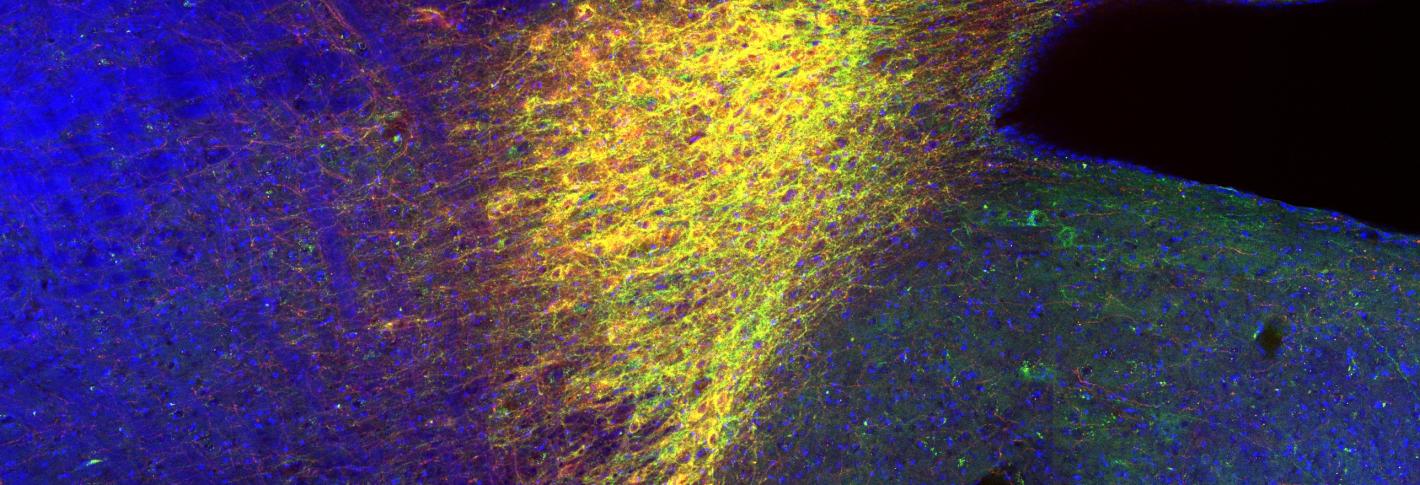
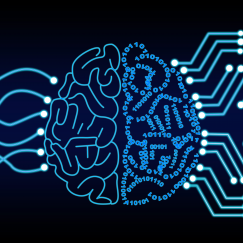
Computational neuroscience is the study of brain function in terms of the nervous system’s information processing capabilities, such as those exhibited by neurons as they interact in circuits, ensembles and systems via electrical and chemical signals. Computational neuroscience models allow for generating hypotheses about learning and memory, cognition and arousal among other brain functions.
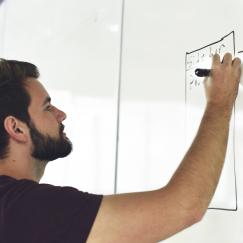
People employ executive functions such as attention and planning to achieve goals and act on motivations, aided by learning and memory. Research at the Picower Institute seeks to understand how the complex coordination of cells, circuits and systems works in the brain to enable such functions.
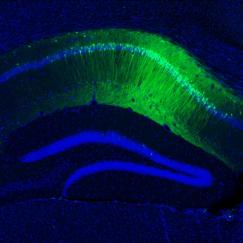
Memories can be of many types (e.g. places or faces), operate on different timeframes (long- or short-term), and be stored and recalled through distinct processes involving multiple brain regions. The subject of intense interest across the Picower Institute, memory systems are studied widely and in depth.
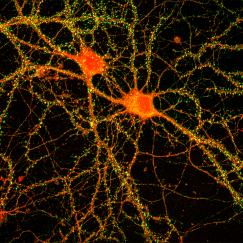
A hallmark of how our brains work is the interactions of neurons in circuits via dynamically formed connections called synapses. Picower scientists identify, map, and analyze circuits involved in learning and memory, emotion and behavior, and other brain functions both in health and disease.
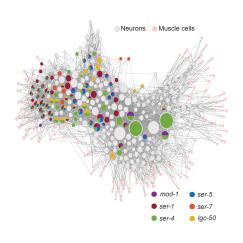
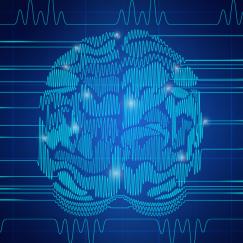
The coordinated electrical activity of many neurons produces oscillations, also known as brain rhythms or brain waves. Once considered to perhaps be mere byproducts of neural activity, oscillations are increasingly understood by new research, including some at the Picower Institute, to play a key roles in brain function. Indeed, oscillations may be important targets for therapeutic intervention to benefit brain health.
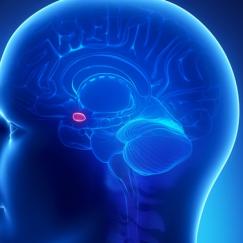
Learning and motivation are often governed by the experience of reward and the desire to obtain it again. At the same time, some diseases such as addiction hijack this system. Researchers at Picower study these systems to gain insight into the mechanisms of healthy and unhealthy behavior.
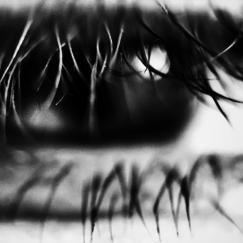
Perhaps the most prized of our senses, the visual system has long provided neuroscientists a model for studying neural plasticity and development and cortical dynamics. It also is a system in which disorders can produce devastating disabilities. At the Picower Institute, scientists study this system to gain broad insights into the brain and also to address societal needs.